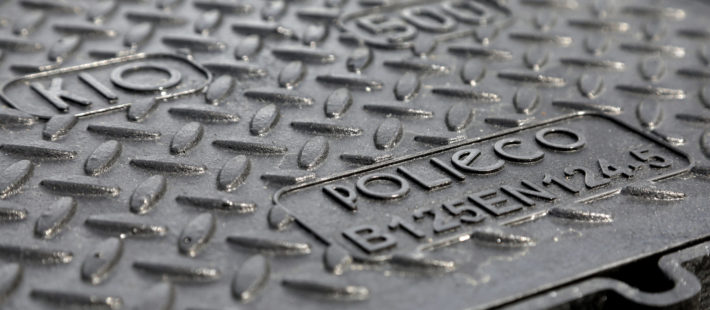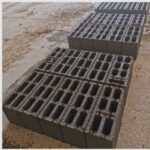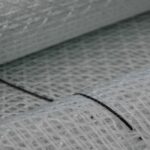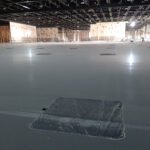

L’energia eolica è una delle risorse di energia rinnovabile più utilizzate. Le pale delle turbine eoliche, tuttavia, essendo realizzate in resina rinforzata con fibre di vetro o carbonio, sono difficili da riciclare a fine vita e spesso vengono smaltite in discarica. Per risolvere il problema, un’azienda italiana, esperta nella produzione di componenti edilizi prefabbricati, e una polacca, specializzata nel riciclo di rifiuti, hanno collaborato allo sviluppo di un procedimento di recupero degli scarti di vetroresina delle pale eoliche che vengono poi incorporati in miscele di cemento per dare vita ad un blocco da costruzione ecosostenibile. …

Il rilevante intervento di restauro conservativo dell’ex Mercato ortofrutticolo generale di Genova ha permesso di mantenere l’integrità materica delle superfici e l’unitarietà del complesso, riportando allo stato di efficienza i diversi edifici. I progettisti che si sono occupati dei lavori hanno potuto contare sulla collaborazione di Kerakoll che ha fornito loro la propria di linea di sistemi di ripristino e rinforzo Geolite, GeoCalce e Geosteel…

I materiali tessili avanzati sono utilizzati ampiamente nel settore dell’ingegneria civile, sia per applicazioni geotecniche, allo scopo di evitare frane e cedimenti di argini, sia per il rinforzo delle strutture di edifici storici e la protezione dai terremoti. Inserendo in questo tipo di materiali dei sensori, è possibile conferire agli stessi nuove funzionalità, come il monitoraggio dello stato di salute delle strutture e la possibilità di prevenire danni imminenti…

Nel 2013 il Dubai World Trade Center si è rivolto a Polieco Group per la realizzazione del Conference and Exhibition Centre, il centro degli eventi di Expo 2020 a Dubai, un progetto moderno nel quale non era contemplabile l’utilizzo della classica copertura in ghisa o metallo, che sarebbe andata in contrasto con lo stile dell’opera. Grazie alle caratteristiche distintive del materiale composito utilizzato, il chiusino KIO si è rivelato invece un prodotto maneggevole e sicuro e quindi la scelta migliore per questo tipo di progetto….

